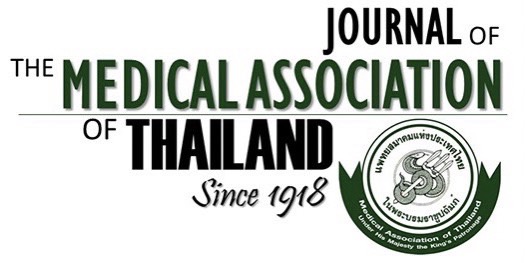Comparison of Characteristics and Neonatal Outcomes between Late Preterm Infants and Term Infants: A Retrospective Cohort Study with Subgroup Analysis by Gestational Age
Prapaiporn Chongkongkiat¹
Affiliation : ¹ Department of Pediatrics, King Taksin Memorial Hospital, Bangkok, Thailand
Objective: To compare neonatal outcomes between late preterm infants (LPIs) and full-term infants and to evaluate outcomes according to gestational age in the LPIs group.
Materials and Methods: The present study was a retrospective cohort study analyzed medical records of live-born infants delivered at a tertiary hospital in Thailand. Infants were classified as full-term if they were born in the 370/⁷ to 41⁶/⁷ weeks or late preterm if they were born in the 340/⁷ to 36⁶/⁷ weeks. Demographic data, short-term morbidities, neonatal management, and maternal characteristics were compared using chi-square tests and logistic regression. Subgroup analyses were conducted by gestational age within the LPIs group.
Results: Among 1,202 infants, including 601 full-term and 601 late preterm, LPIs had significantly higher rates of NICU admission at 12.1% versus 0.7% (OR 21.48, 95% CI 7.66 to 60.23), initial resuscitation at 11.5% versus 2.5% (OR 5.17, 95% CI 2.87 to 9.31) and prolong length of stays in days at a median of 5 (IQR 3 to 7) versus 4 (IQR 3 to 5) (p<0.001). In the LPIs group, two neonatal deaths occurred within 28 days, while no deaths were reported in the full-term infant group (p=0.499). Neonatal outcomes were significantly worse in LPIs compared to full-term infants, including respiratory distress at 32.8% versus 14.1% (OR 3.02, 95% CI 2.22 to 4.10), birth asphyxia at 3.8% versus 1% (OR 4.04, 95% CI 1.61 to 10.17), neonatal sepsis at 14.6% versus 0.5% (OR 35.41, 95% CI 10.96 to 114.35), hypoglycemia at 35.1% versus 9.8% (OR 5.04, 95% CI 3.56 to 7.14), and feeding intolerance at 7.2% versus 0.3% (OR 23.81, 95% CI 5.67 to 99.94), all p value of less than 0.05. Morbidity risk increased with decreasing gestational age within the LPIs group. Maternal diseases significantly associated with late-preterm birth included maternal preeclampsia (OR 9.64, 95% CI 4.10 to 22.66) and maternal hypertension (OR 2.74, 95% CI 1.21 to 6.20).
Conclusion: LPIs face significantly increased risks of early morbidities compared to full-term infants, particularly at lower gestational ages. Maternal complications are strongly linked to late-preterm delivery. These findings underscore the importance of targeted obstetric and neonatal strategies in mitigating the risks associated with late preterm birth.
Received 30 June 2025 | Revised 18 September 2025 | Accepted 25 September 2025
DOI: 10.35755/jmedassocthai.2025.10.826-838-03253
Keywords : Late preterm infants; Full-term infants; Neonatal outcome; Neonatal morbidity; Maternal factors
All Articles
Download



